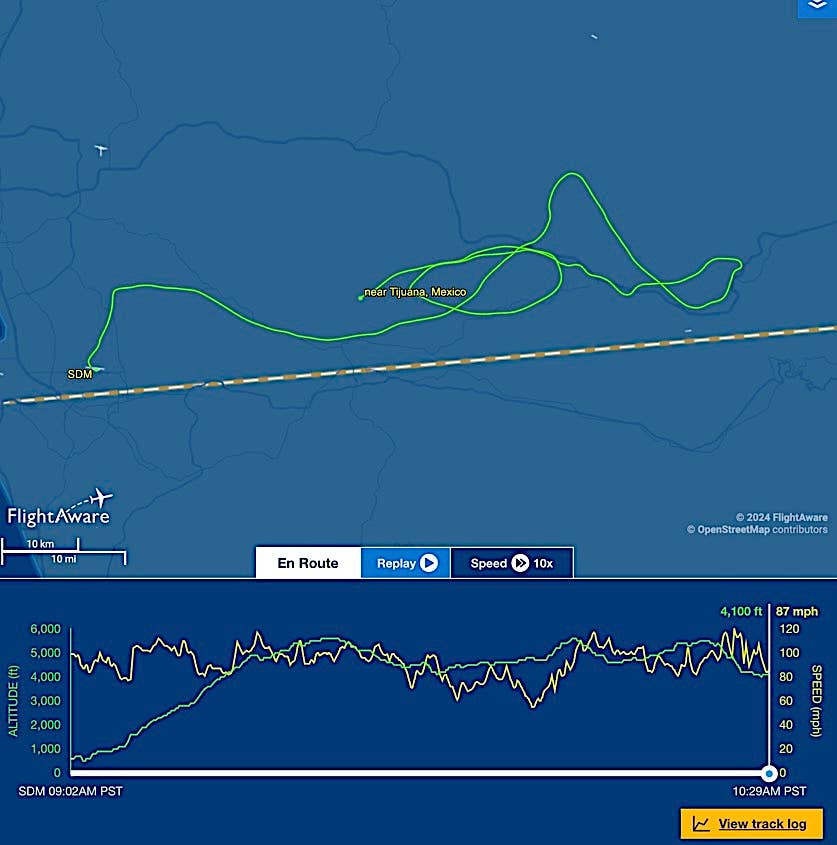FAA Officially Limits Doors-off Operations
The FAA on Thursday published an emergency order that prohibits the use of supplemental passenger-restraint systems in doors-off flight operations that cant be released quickly in an emergency. This order formalizes the FAAs prior communications on these operations, the agency said. The FAA had already told operators last week to stop the doors-off tours. The new order prohibits doors-off flight operations from carrying passengers, unless the passengers are at all times properly secured using FAA-approved restraints.

The FAA on Thursday published an emergency order that prohibits the use of supplemental passenger-restraint systems in doors-off flight operations that can't be released quickly in an emergency. "This order formalizes the FAA's prior communications on these operations," the agency said. The FAA had already told operators last week to stop the "doors-off" tours. The new order (PDF) prohibits doors-off flight operations from carrying passengers, unless the passengers are at all times properly secured using FAA-approved restraints. The order pertains to all operators and pilots of flights with doors open or removed for compensation or hire in the U.S., or using aircraft registered in the U.S., the FAA said. The order officially took effect on Thursday, and will be published in the Federal Register on Monday.
The emergency action is based upon the FAA's investigation into the March 11 helicopter accident on the East River in New York, the FAA said. Based on that information, FAA Acting Administrator Daniel Elwell has determined that an emergency exists related to aviation safety and requires immediate action. The official order states that doors-off flights for compensation or hire will be allowed if the Acting Administrator has determined that the supplemental passenger restraint systems to be used can be quickly released by a passenger with minimal difficulty and without impeding egress from the aircraft in an emergency. A supplemental passenger restraint system must not require the use of a knife to cut the restraint, the use of any other additional tool or the assistance of any other person. A supplemental passenger restraint also must not require passenger training beyond what would be provided in a preflight briefing.





